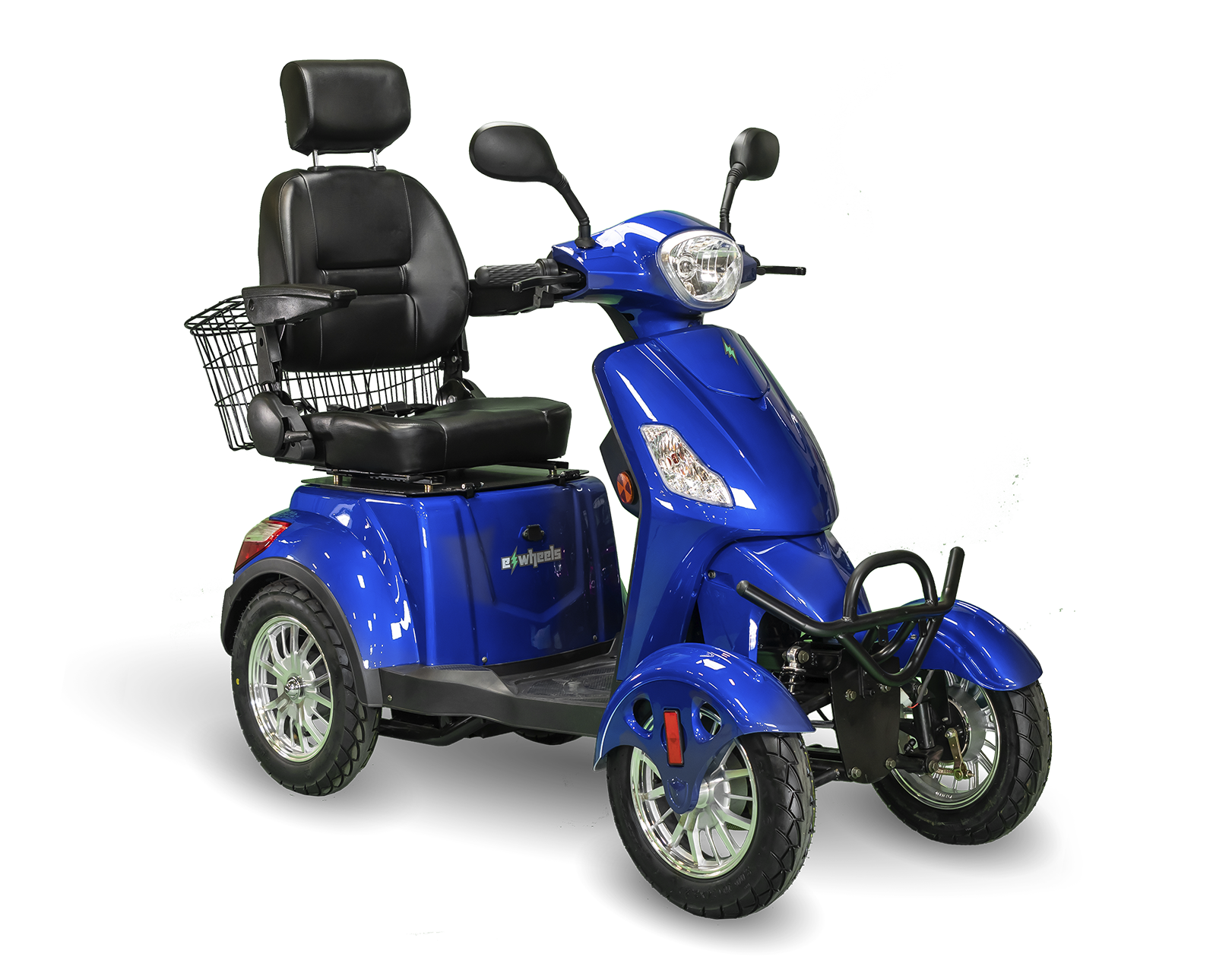
Now that you have added all of your fixtures just click “next” on the bottom of the screen.ĭon’t see your “generic brand” fixture? Use the Onyx Fixture Finder website to find alternate names that will work! Click here to go to my guide to using this great resource! Building Your Preview Once you do this you will have a popup box come up where you can set the start at, short name, count, and add multiples if you have the same type of fixture. Once you’ve located your fixture you can simply “drag and drop” your fixture into the selected universe.


If your fixture happens to not be listed you can always import it into the fixture library. Since the library is huge I would recommend using the search feature. Most likely you will be able to locate any brand and type of fixture. One of the features I really like about LightKey is their fixture library.
#CREATING AN EW PROFILE IN LIGHTKEY PATCH#
Now, it’s time to patch in your fixtures inside of LightKey. The only downside to this option is you have to set up the output on both LightKey as well as your node or MIDI. The network-based outputs are becoming increasingly popular and much more common. The next option is going to be your network-based selections which include Art-Net, sACN, and ESP Net. One of those options is working with USB, the only downfall to this that you will have to leave the USB plugged in while working with LightKey and your lights. When setting up your DMX Output you will have a few options to select from. The next step in LightKey is going to be setting your network and hardware options. A screen will then pop up and you will be able to name your new show.

Seventh, to select the testdb2 database, (1) right-click the database name and (2) choose Set as Default Schema menu item: If everything is fine, you will see the new database created and showed in the schemas tab of the Navigator section. Note that the CREATE SCHEMA statement command has the same effect as the CREATE DATABASE statement. Sixth, MySQL Workbench opens the following window that displays the SQL script which will be executed. You need to (1) enter the schema name, (2) change the character set and collation if necessary, and click the Apply button:

Creating a new schema also means creating a new database.įifth, the following window is open. In MySQL, the schema is the synonym for the database. MySQL Workbench opens the following window which consists of four parts: Navigator, Query, Information, and Output.įourth, click the create a new schema in the connected server button from the toolbar: Third, double-click the connection name Local to connect to the MySQL Server.
#CREATING AN EW PROFILE IN LIGHTKEY PASSWORD#
You need to (1) type the password for the root user, (2) check the Save password in vault, and (3) click OK button. MySQL Workbench displays a dialog asking for the password of the root user: Second, type the name for the connection and click the Test Connection button. To create a new database using the MySQL Workbench, you follow these steps:įirst, launch the MySQL Workbench and click the setup new connection button as shown in the following screenshot: Bye Creating a new database using MySQL Workbench


 0 kommentar(er)
0 kommentar(er)
